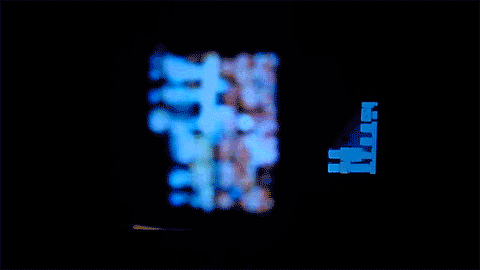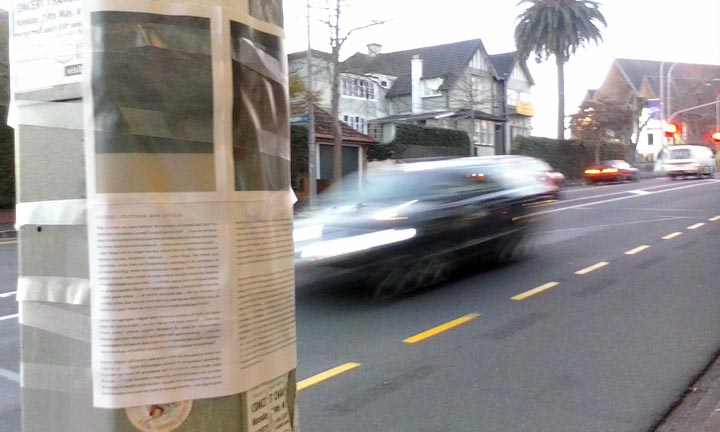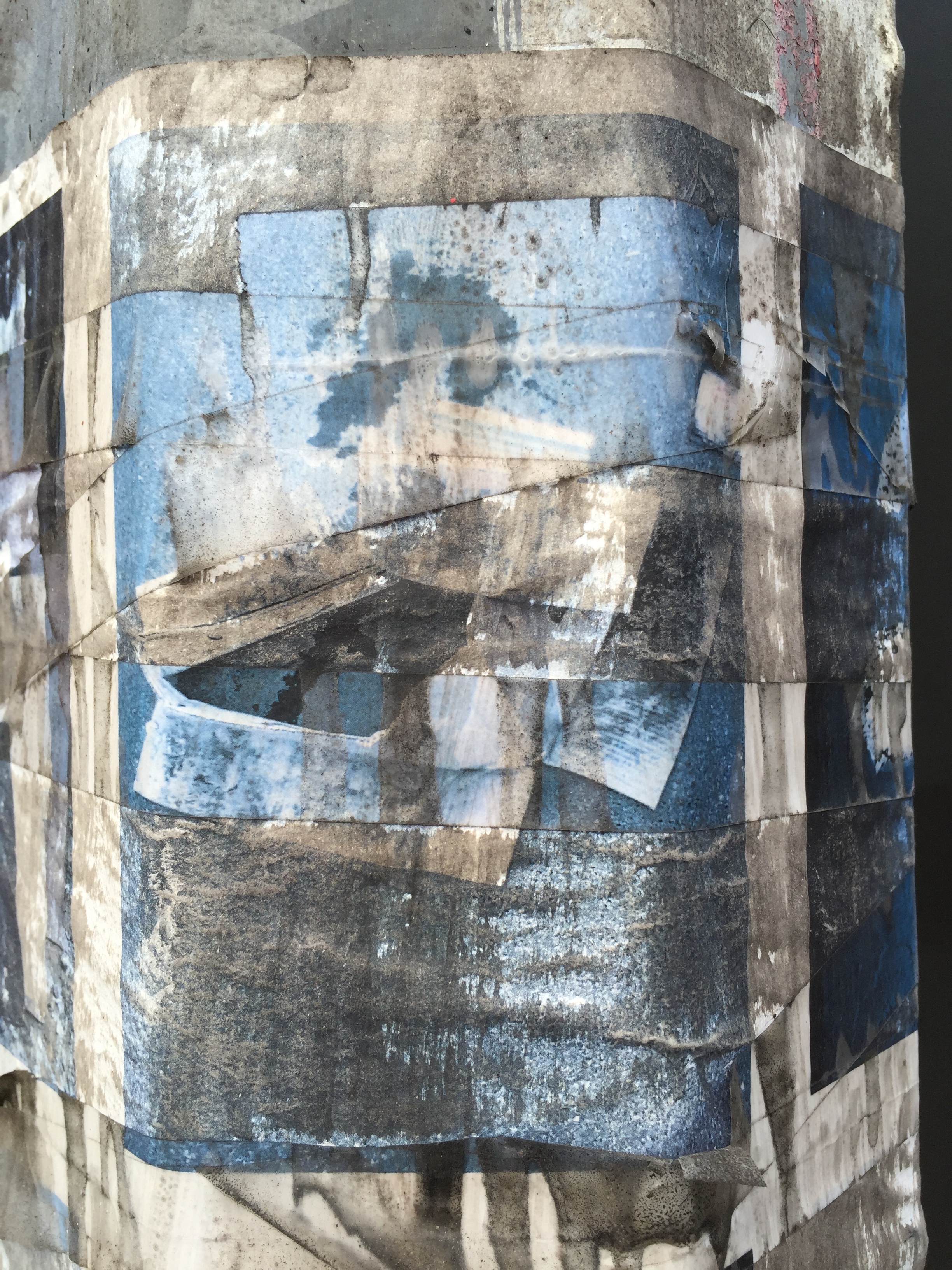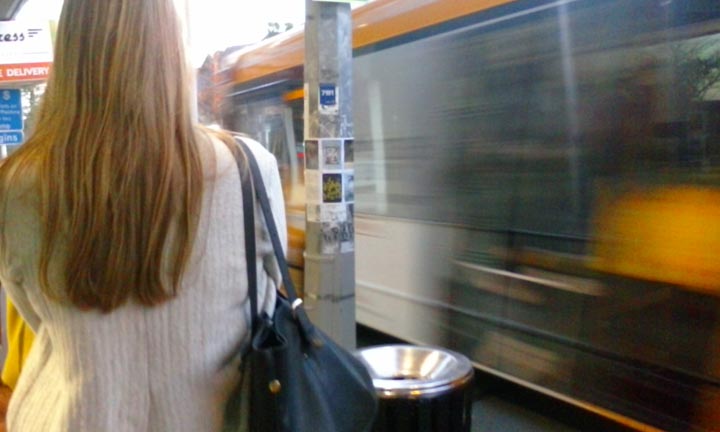pairs : 2025
photography
Atelier Lisboa : what is a photo book?
(image) Marina Gadonneix / Marcelline Delbecq : Landscape / blackout … a Multi sensorial object …
Susana Mouzinho moderating
… the attempt to capture something else . The place between making and seeing . The author and reader . ) in between ness - the unseen (again) .
Photos (ideas) for consumption?
Intervene in an existing book/ catalogue becomes something else . Conceptual intervention / intention … mark making // indexicality of image
( Anna atkins . Cyanotypes / ) //
Invisible Images (Copy)
gestures of coincidence: 1/2 : more happy than disgusted – corrupted self
Invisible Image
more happy than disgusted
Post-photographic condition-screen grab
"The post-photographic condition" – Joan Fontcuberta
[image] Screen-grab :: https://anti-utopias.com/newswire/post-photographic-condition/ [obsolete]
new link : https://moisdelaphoto.com/en/publications/post-photographic-condition-2015/
The Post-Photographic Condition. Le Mois de la Photo à Montréal
In Featured Events / September 16, 2015
“The Post-Photographic Condition is characterised by the proliferation of images and the prominence of the Internet, smartphones and social networks. The world as we know it is now governed by instantaneity and subject to accelerated digital globalisation. Every facet of our lives, from personal relationships to economics, communications to politics, has been shaken to its core by this manipulation. For the first time, we are producers and consumers of images on an exponential scale. The outcome of this unprecedented excess is the immediate access to images. It remains to be seen to what extent this instant availability and universal voyeurism are both a privilege and an obstacle.”
Joan Fontcuberta
<img src="https://anti-utopias.com/admin/wp-content/uploads/2015/09/Joan_Fontcuberta_portrait1-670x447.jpg" title="Portrait © Joan Maria Dias, 2014" alt="The Post-Photographic Condition"/>
In addition to his artistic work, Joan Fontcuberta (b. Barcelona, 1955) has carried out a multidisciplinary activity in the world of photography as a teacher, critic, historian, and exhibitions curator. He has been a visiting professor at different international institutions, such as Harvard University and Le Fresnoy, Centre National des Arts Contemporains. He has also taught on the Communication Faculty of the Universitat Pompeu Fabra in Barcelona.
STEM vs STEAM
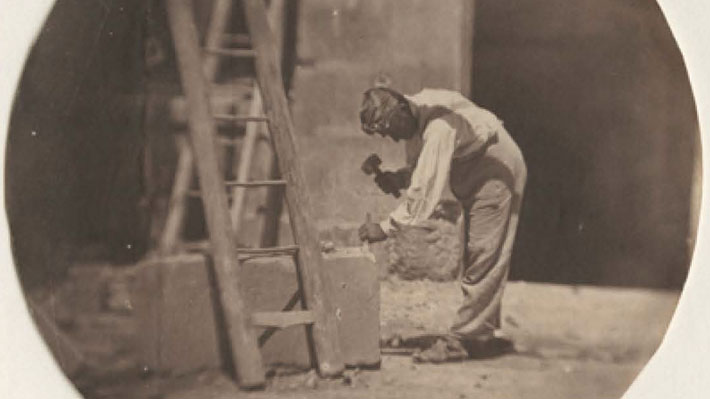 [image] photo credit: Charles Nègre, La tailleur de pierre, salt print from a collodion on glass negative, summer 1853 courtesy of Hans P. Kraus, Jr. | New York. Retrieved from http://stemtosteam.org/case-studies/
[image] photo credit: Charles Nègre, La tailleur de pierre, salt print from a collodion on glass negative, summer 1853 courtesy of Hans P. Kraus, Jr. | New York. Retrieved from http://stemtosteam.org/case-studies/
A fascinating conversation on Radio NZ between Noelle McCarthy and Professor Bruce Sheridan around creativity, generating ideas, improvisation, education, failure and a lot more... the ideas around 'STEM' (science, technology, engineering and maths) vs STEAM (add art to the mix) was a great analogy. A 'stem' rooted to the ground as opposed to 'steam' which has the ability to be everywhere ... read more here http://stemtosteam.org ... and listen to interview on Radio New Zealand here
Bruce Sheridan: psychology of creativity
Bruce Sheridan is the Chair of Cinema Art + Science at Columbia College, Chicago, and North American regional Chair of CILECT, the world organisation of film and media schools. He has returned to New Zealand as the fourth Creative Fellow for the University of Auckland’s Creative Thinking Project, to deliver a series of public lectures drawing on recent research into creativity and discussing evidence from neuroscience and cognitive psychology to make the case for reintegrating art and science in education. RNZ
debris : flotsam and jetsam
What is it that we leave behind? the emotions of sorrow and loss? the physicality of presence, a smell? a touch, an embrace? ... / how do we know what it is that we leave behind and how do others resurrect those discarded bits, bytes, functions and intentions? ... / time erodes and memories fade ... / some things are no longer wanted, exiled from our blithe consumerist attitudes, banned, abolished, replaced ... / some things, like events and occurrences move from our fundamental reasoning to the periphery of our understanding, where connections are marginal, where our synapses carefully choose which bonds to make, which modules should be inserted and which should be discarded ... / a bit like space junk or residual matter that echoes Cauchy’s theory of complex analysis, a holomorphic function mapped under stress ... / or maybe, precisely that ... far too complex ... /
but... what of the data we leave ignored, that has no visible function, no commercial gain? where do those pixelated social couplings reside? .../ how do we aggregate a digital space to act as revealers of truth, the space where the machine and I, me and you, us and them coexist? ... / does this ‘virtual reality’ remove, neglect, disregard the need for responsibility, facilitate and defer rationality and compound understanding? ... / does the augmentation confuse or does it allow us to hide behind a code, a syntax, a digit of ideology, a hyperlink which offers us the promise of elsewhere?
Science, religion, philosophy, and politics have all attempted to reveal our truths for us ... / digital technologies attempt to democratize knowledge, to placate our need for acceptance and to insinuate where truth might be found ... / it also becomes a source for commodification and provides the illusion of wealth which further expands our concepts of hope, of our desire for acceptance and our need for homogenization ... / the digital space can also foster our ambitions for a more egalitarian existence and act as a companion, a catalyst for revolt and for dissent .../ it can be a subversive voice echoing millions of disenfranchised, a witness to the uprise ... / it represents itself in the hyperreal, the gloss of perfection, the glow of the screen and the flawless world of software, digital enhancements and predefined filters ... / it mirrors a conflicting environment, one which not only represents the oppressed and the objector but one that also acts as a conduit for the abandonment of liability and the deferral of accountability ... /
But maybe, things are far more innocent than they appear? like the sign that’s no longer there leaving a question as to why it was removed or what it may have said / or the condensation of air trapped inside a community notice inviting us to participate in an initiative which is no longer legible ... / or the discarded boxes, bits of wood, the off-cuts of structures which have lost their function ... / or maybe they mimic society’s flotsam and jetsam, a hello, a goodbye, a conversation, the hope for something new, something more immediate ... / or are these things far more real, like the scars that never heal or the words which linger long after the battlefield ... / or possibly a broken bit of code or the cadence of eloquent voices crushed, subdued ... / or the truth which lies in a sea of mistrust or the imagined which evaporates in the deserts of our minds eye? is it a mark of intent, a symbol of progress, a pixel exploded, a fragment of time? or perhaps it is just another image, just another byte for consumption, just one more bit of repetitive commodity, just one more digit that implicates us in our relation with the here and now ( / )





